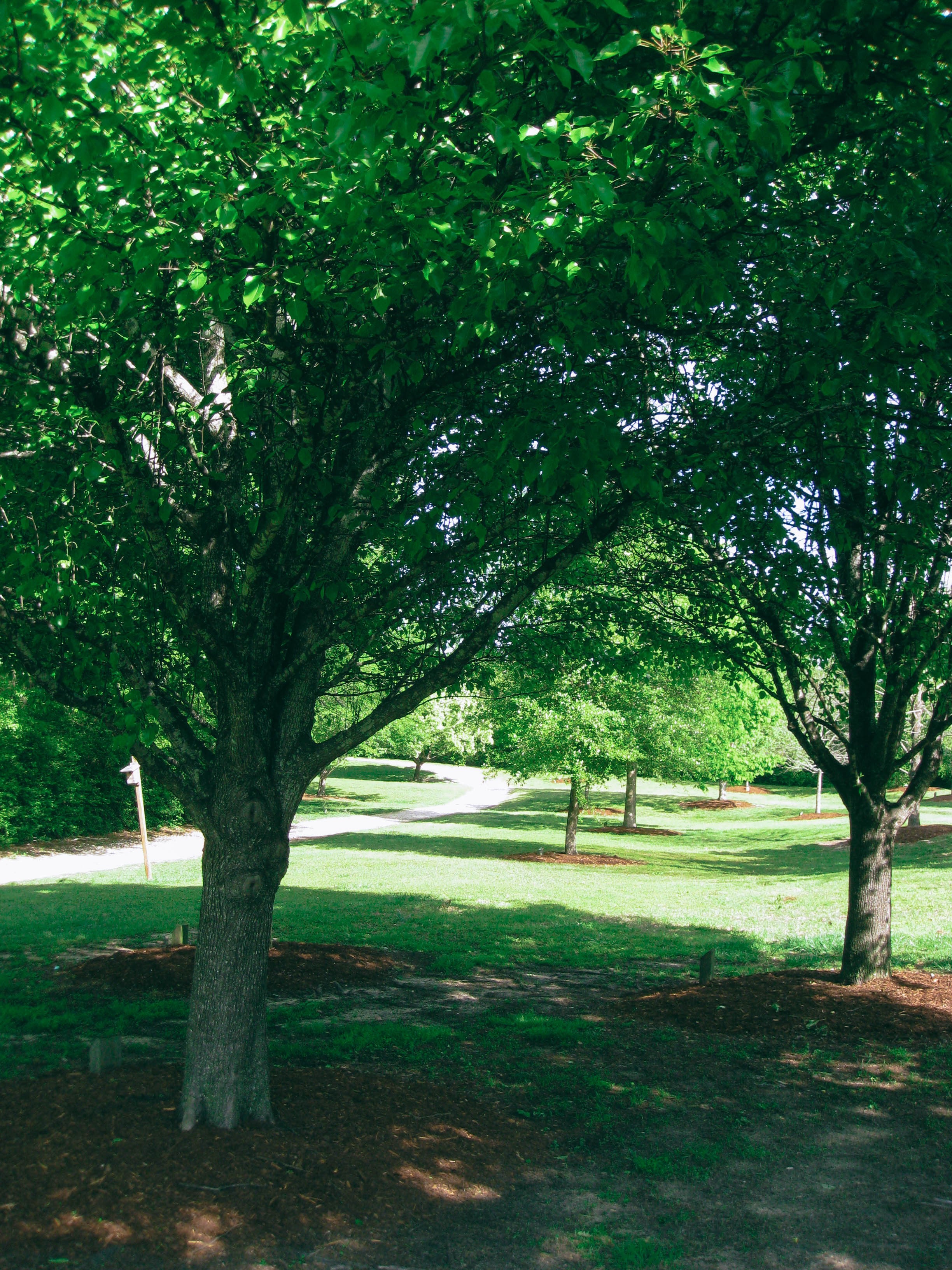Tree Care
Auburn Christmas Parade & Arbor Day Trees
How to Plant Bare-Root Trees
Do not allow roots to dry out before planting. Dig a hole wide enough for roots to grow out without crowding. Plant the tree at the same depth it grew in the nursery. Do not add soil amendments. Fill in hole with original soil and water to fill in any gaps. Spread mulch evenly around the tree. Make sure the tree receives generous water every week for the first year.
American Plum (Prunus americana)
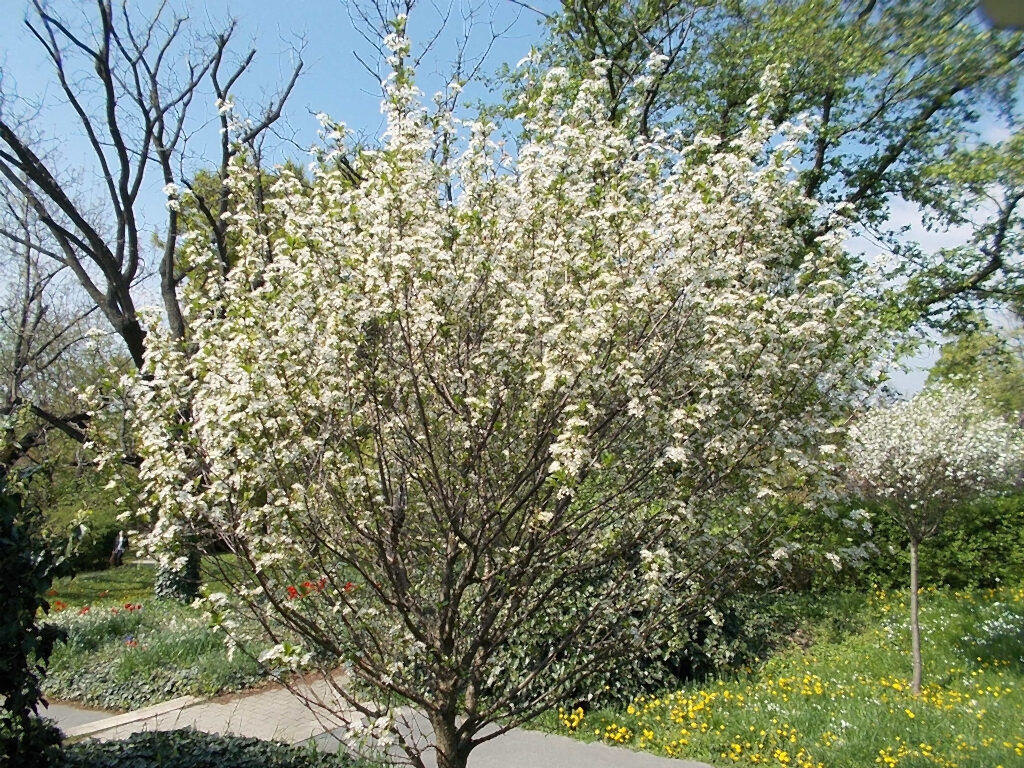
- 10-20 ft tall
- Deciduous
- White flowers in early spring
- Fruit in late spring
- Wildlife food source
- Pollinator plant
- Native to the Southeast; sun to shade
- Drought tolerant
- more info
Southern red oak (Quercus falcata)

- Up to 100 ft tall
- 50-60 ft wide
- Deciduous
- Red-brown fall color
- Wildlife food source
- Native to the Southeast
- Full sun to partial shade
- Drought tolerant
- more info
White oak (Quercus alba)
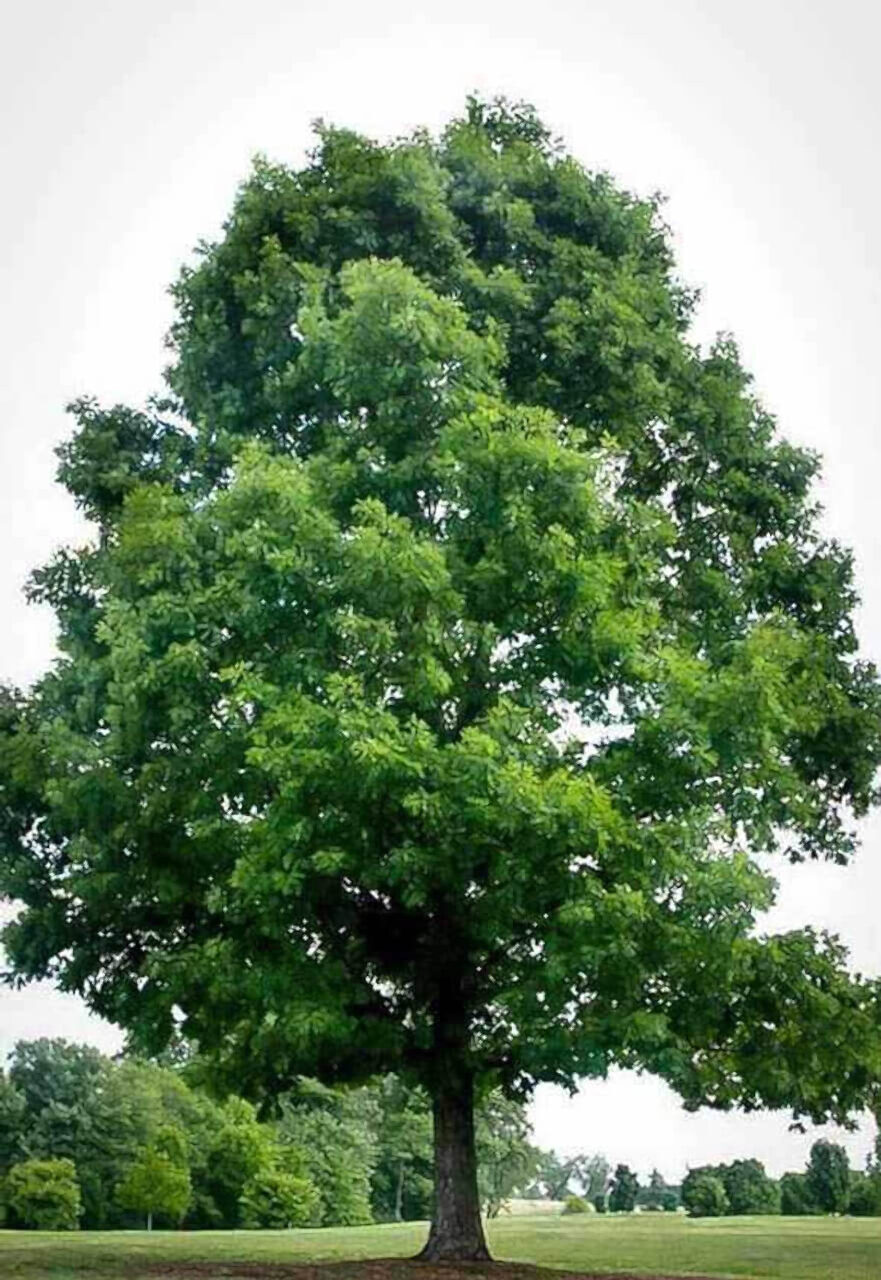
- Up to 80 feet tall
- Deciduous
- Wildlife food source
- Red fall color
- Native to the Southeast; full sun to part shade
- Drought tolerant
- More info
Redbud (Cercis canadensis)

- 20 feet tall, 20 feet wide
- Deciduous heart shaped leaves
- Purple flowers early Spring
- Pollinator plant
- Yellow fall color
- Native to the Southeast; full sun to part shade
- Drought tolerant
- More info
Tulip Poplar (Liriodendron tulipifera)
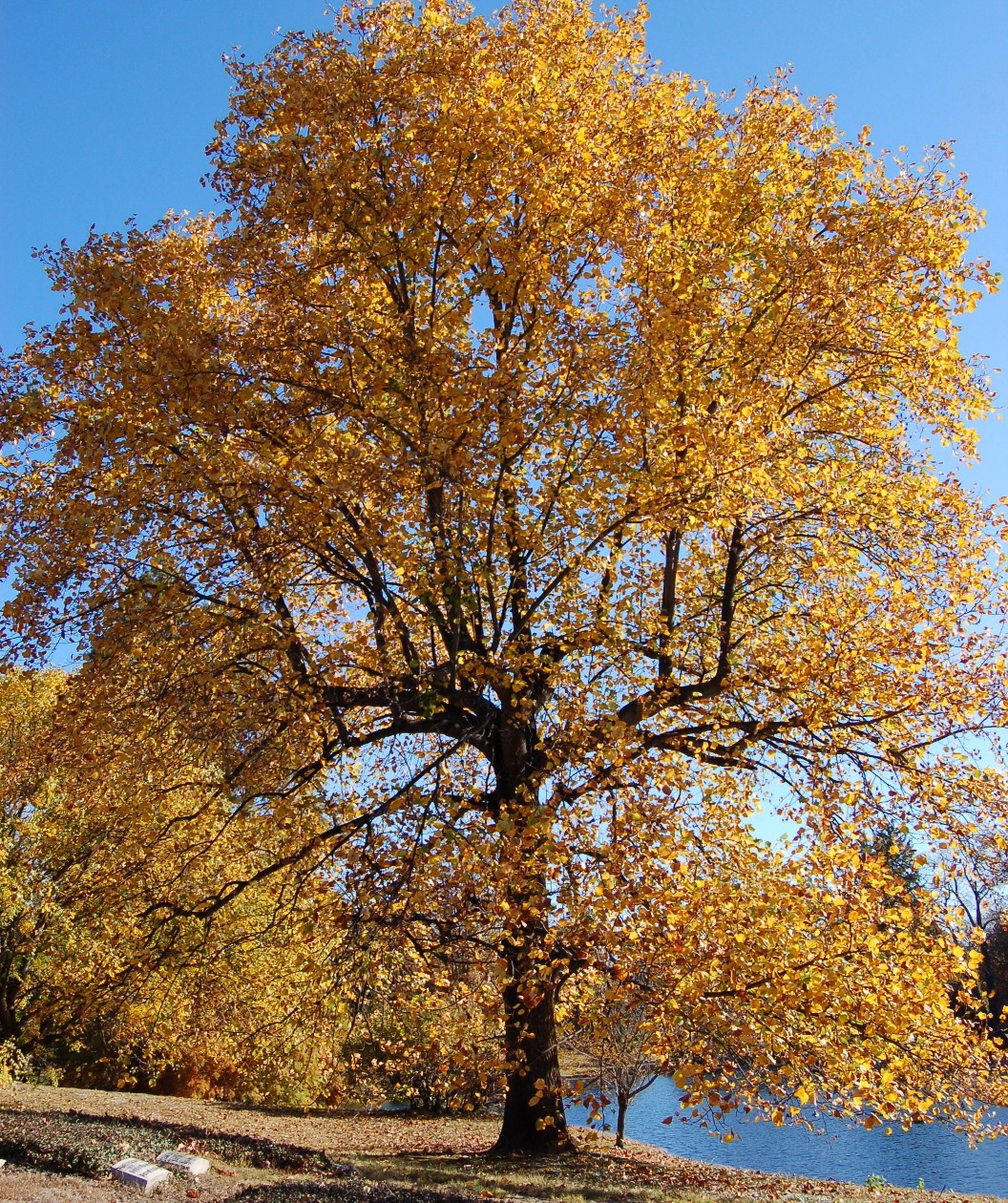
- May reach over 80 feet tall
- Deciduous
- Yellow fall color
- Big neon blooms, Fruit is a cone (in Magnolia family)
- Native to the Southeast; prefers rich soils and full sun
- Drought tolerant
- More info
American Fringetree (Chionanthus virginicus)

- 20 feet tall, 20 feet wide
- Deciduous
- White fringe-like flowers with sweet fragrance
- Important pollinator and native bird plant
- Yellow fall color
- Native to the Southeast; full sun to part shade
- Drought tolerant
- More info
Eastern Hophornbeam (Ostrya virginiana)
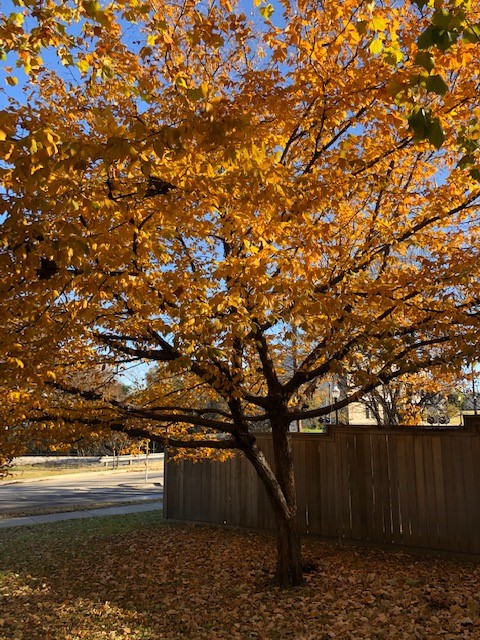
- 40 feet tall, 30 feet wide
- Deciduous
- Hop-like flowers, valuable wildlife food source
- Yellow fall color, shaggy bark
- Slow growing
- Native to Southeast, sun or shade
- Prefers moist soils but tolerates drought
- More info
Selecting the Right Tree
The form of the tree depends on the tree species. Single stem trees should have a single, relatively straight trunk that gets smaller, or tapers, toward the top of the tree. Branches should be evenly distributed vertically and laterally, and branches should be less than 2/3 the trunk diameter. Branches that are equal size to the trunk will cause uneven growth and may fail. Avoid trees with wounds on branches or trunk, conks or mushrooms, and sap ooze. When the container is removed from the tree, the root ball should remain intact. Look for insects and disease and avoid trees that show signs of stress, like dropping leaves or changing colors prematurely. Do not purchase trees that have been topped or severely pruned (with the exception of some fruit trees which are trained this way intentionally).
How to Plant a Tree

These guidelines are adopted from the City's Urban Forest Master Plan. They can be used in any setting to make sure that a tree gets the best start. The best time to plant a tree in Auburn, Alabama is the dormant season from November through February.
- Always check for underground conflicts by calling 811.
- When obtaining a tree from a nursery, always carry the tree by its container or rootball, never by the trunk.
- Remove container or top third of burlap and all ropes, wires, etc. from rootball. After removing the tree from the container, cut circling roots and matted roots off the bottom.
- Dig planting holes 2-3 times as wide as the container. The depth of the planting hole should be equal to the size of the rootball - no deeper! Place the tree in the planting hole so the top of the rootball is at least one-half inch to 1 inch (1/2” to 1”) above finish grade.
- Backfill with soil removed from the planting hole. Do not amend soil unless planting in building rubble, poor, or severely disturbed soils. Build a temporary four to six inches (4” to 6”) water retention berm around the root ball to allow for establishment watering. Immediately after planting the tree, water it thoroughly by filling the water retention basin twice.
- Eliminate all air pockets while backfilling the planting hole by watering the soil as it is put into the hole. Do not compact the soil by tamping it down.
- All staking, wrapping, and other material should be removed from the tree trunk, root ball, and canopy at planting.
- Mulch with a two to four inch (2” to 4”) layer to conserve soil moisture, provide protection from extreme temperatures and prevent damage from weed eaters. Mulch shall be kept three to four inches (3” to 4”) away from the tree trunk and shall extend at minimum to the boundary of the water retention basin. It may extend further if desired.
- The soil around the new tree shall be kept moist, but not saturated, by watering at least once a week when less than 1" of rainfall is received.
- Do not fertilize at planting time. Fertilize after one year according to a soil test recommendation.
Pruning Trees
For pruning to be beneficial, it must be done at the proper time of year and with a specific purpose in mind. Prune any damaged limbs before planting. Pruning for tree form should be done after trees drop leaves during the dormant season before growth begins in the spring. Limbs should be removed to the branch collar. Limbs pruned flush to the trunk will not be able to heal and limbs pruned too far away from the branch collar will sprout from dormant buds. Trees should not be topped. Do not apply any dressing to wounds.
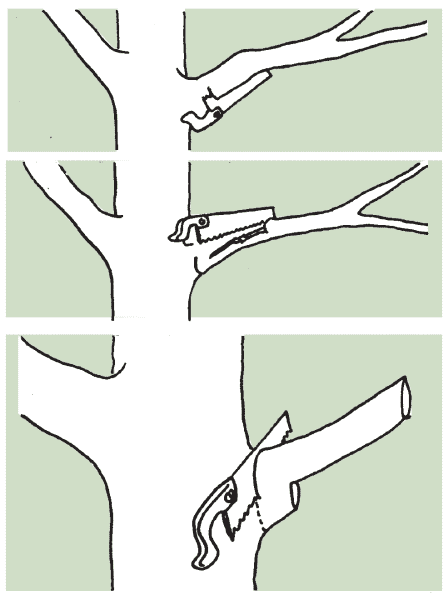
If pruning limbs with a saw, make three cuts. First, cut through about one-fourth of the diameter of the limb on the underside, 1 to 2 feet from the trunk of the tree. Make the second cut further out than the first—a distance equal to three times the diameter of the limb. Cut from the top until the limb is severed. Then cut the stub at the swollen base (branch collar) of the main trunk or as close as possible to another major limb. Leave only a narrow ledge at the top. Make the cut as smooth as possible. (From the Alabama Cooperative Extension System.)
Crapemyrtles should be pruned like any other tree. Topping a crapemyrtle reduces its lifespan and leads to continued excessive pruning to control suckers.
See more tree-planting information on the Arbor Day Foundation's website.
